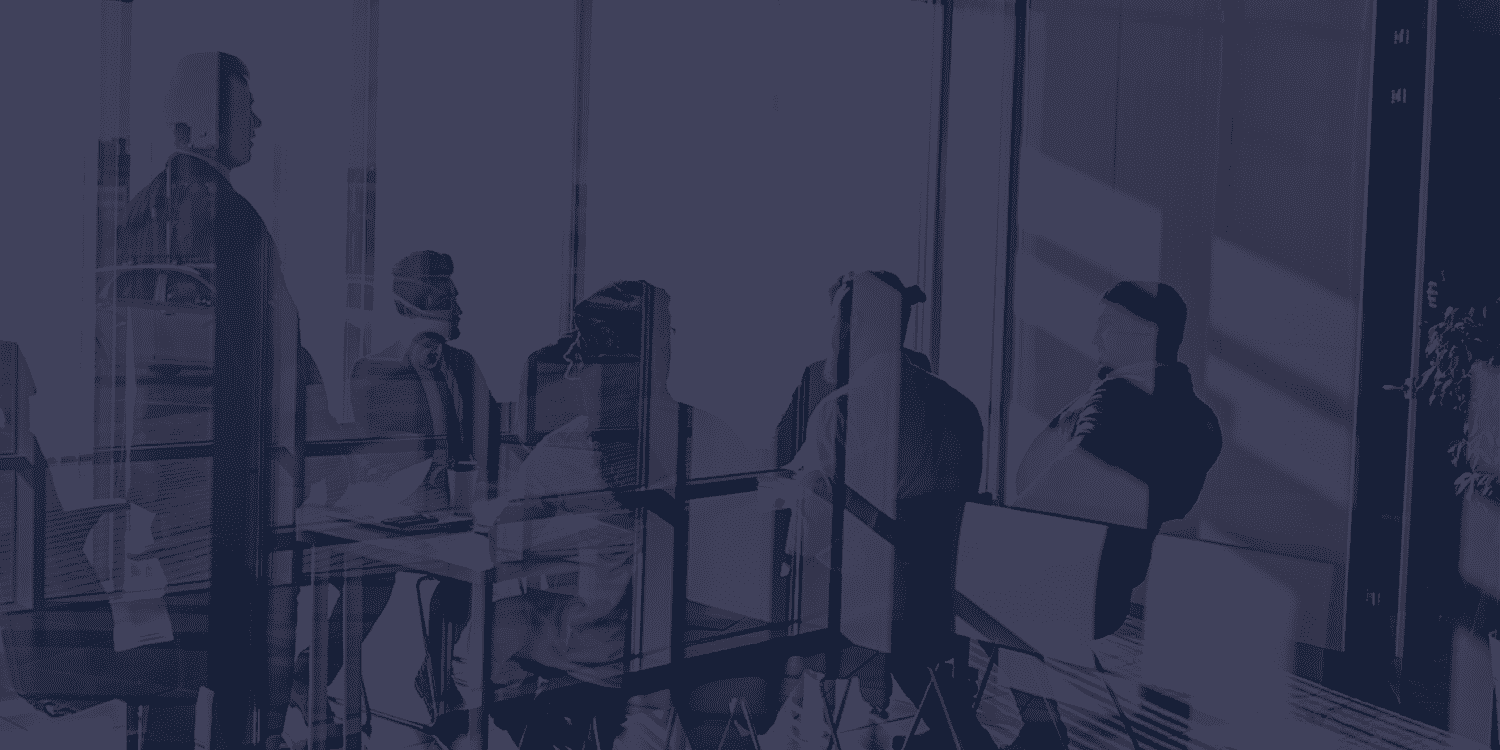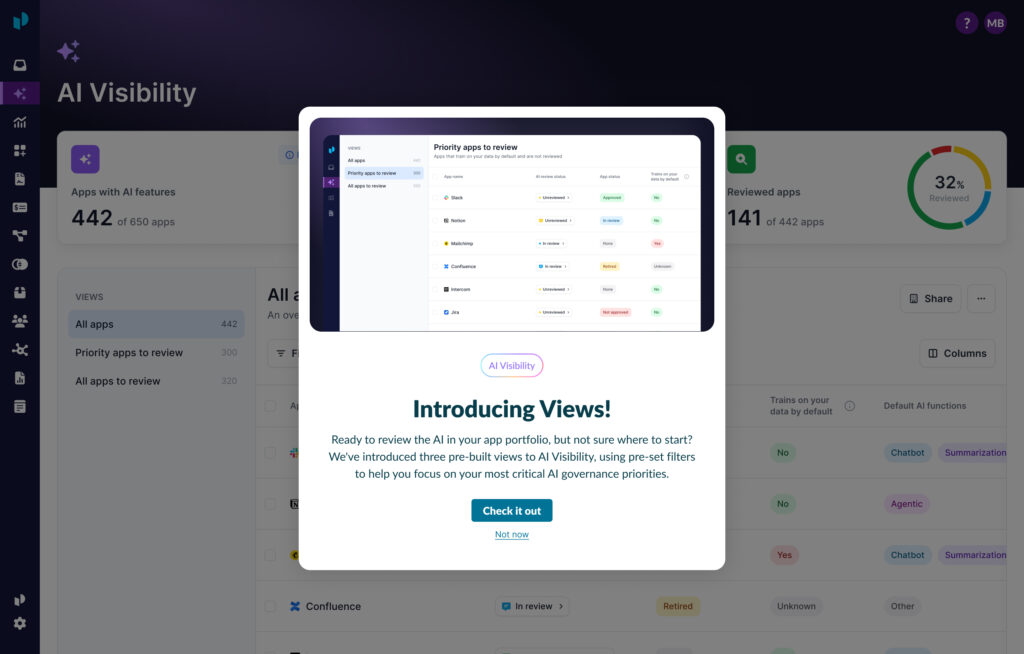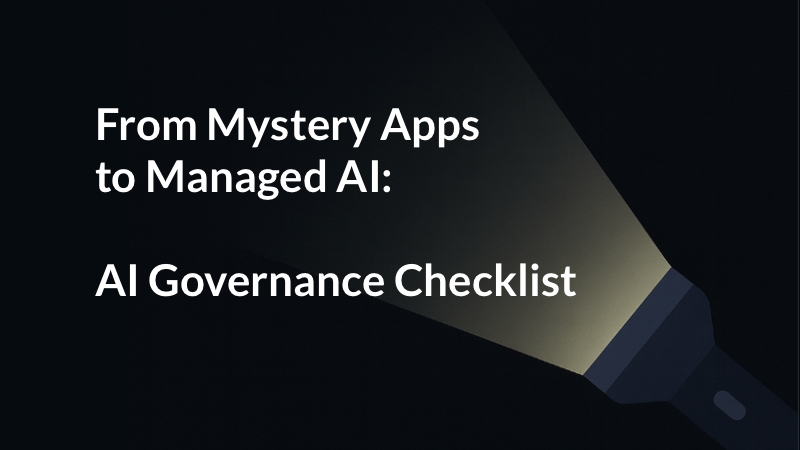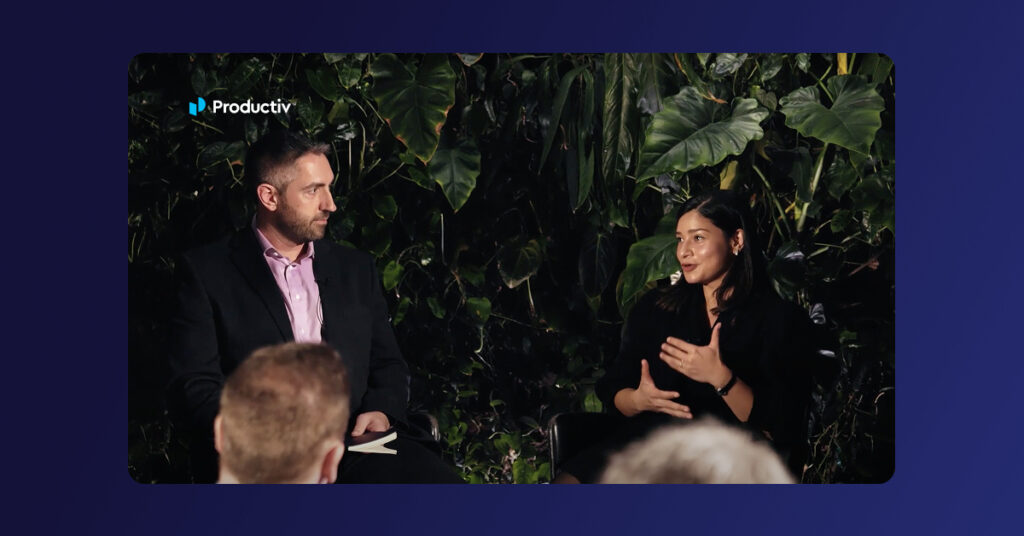Managing SaaS is a bit like being a tailor. For years, IT has been letting out the seams of the SaaS portfolio to accommodate line-of-business requests and the rising demand for use-anywhere apps.
Now things have gotten a bit out of hand — the average company has more than 250 SaaS apps. Unfortunately, many IT teams have the equivalent of a single needle with which to alter the entire portfolio. It’s become clear: traditional approaches to managing SaaS will no longer cut it.
So what can you do?
Give IT the tools to tailor today’s SaaS
To ensure businesses get the most out of their investments, IT teams must constantly monitor SaaS portfolios and make decisions about license provisioning and app consolidation.
However, many teams don’t have the right processes, technology, and insight to take on this task effectively. But with the right approach, IT can increase operational efficiency, maximize ROI, and deliver strategic impact.
In tailor’s terms, it’s time to take away that dull needle and empower teams with an electric sewing machine!
5 steps to tighten your SaaS portfolio
This process is commonly referred to as SaaS rightsizing. It’s focused on reducing application spend while increasing business value from the app portfolio.
Rightsizing has traditionally been rooted in tracking software licenses and logins. But how can that be done effectively when 56% of apps were not managed or owned by IT in 2021? To truly make an impact today, IT teams need more visibility and deeper insights, such as employee engagement and feature-level usage.
Here are five steps that will put you on the path to SaaS portfolio optimization.
1. Inventory all SaaS and move beyond tracking in spreadsheets
You need to know which employees use what applications and how they use them. However, manually-updated spreadsheets and employee surveys aren’t the answer. Data on employee, license, and application usage is simply too large and changes too quickly to be effectively understood and managed in this way.
In a survey of enterprise tech leaders that we conducted with Pulse, 94% of IT professionals say reactive, manual methods like spreadsheets put them at risk of missing key information.
To make accurate and impactful decisions, your teams need visibility into all of the SaaS employees use. That also includes apps not managed by IT. And while most apps provide reports and login activity, the data is often lacking and time consuming to collect.
The right SaaS management platform (SMP) can provide real-time visibility all the way down to feature usage at the employee level. With those insights, you can quickly make smart decisions about how to allocate licenses.
2. Be more agile with licenses
For many SaaS applications, you don’t have to wait until the next renewal cycle to reclaim or reassign licenses. The challenge is identifying who needs to gain access, who no longer needs access, and how to make changes quickly.
Today, that process requires a lot of resources. Companies can spend up to 4,000 hours every year manually collecting data from each app and then adjusting licenses.
Imagine being able to configure custom rules that constantly monitor levels of usage and then automatically reclaim licenses on a set cadence. This allows you to easily adjust license tiers based on users, teams, or other factors. As a result, you’re able to ensure every employee has exactly what they need to get their job done.
3. Find overlapping or under-used applications
It’s common for business units to purchase their own applications while IT rolls out others. Mergers and acquisitions bring in a collection of new applications that dilute the portfolio as well. According to our survey, 66% of procurement professionals said they didn’t have complete information about how applications were being used.
Making decisions about which applications to keep and which to cut based solely on provisioned or logged-in users can lead to a number of issues. Just because employees have access to certain applications doesn’t mean they are using them. And employees from different teams may use the same applications for different reasons.
Being able to compare which users engage with which features will help you make more informed decisions about the applications to continue to invest in.
4. See how you compare to other organizations
You may think you’re using an application efficiently, but what is your benchmark? Your visibility is extremely limited if you’re only comparing to your other application data and previous contracts. Intelligent SaaS portfolio optimization takes into account outside data sources as well.
Comparing application adoption and usage against other companies provides more visibility into where you truly stand. And by benchmarking your SaaS costs against industry averages, you can quickly identify areas that require further exploration.
5. Proactively approach renewals
Renewals are constantly rolling in when you have a large SaaS portfolio. A proactive approach to renewals can transform these costly milestones into opportunities for savings.
78% of surveyed CIOs said they needed more information on key usage metrics to inform upcoming SaaS renewals.
Having a comprehensive, up-to-date view of applications, feature-level engagement, renewal dates, contracts, and recommendations for license purchases helps you own the renewal conversation. Whether you want to extend existing licenses or prepare for renewal negotiation, intelligent insights into employee usage set you up for significant cost savings.
Take measurements and keep your sewing kit handy
Once you’ve followed these steps to customize a SaaS portfolio that fits just right, the journey isn’t over. You’ll need to manage the portfolio consistently, taking in and letting out as business needs change.
With a data-driven approach to application governance, operations, and employee engagement, IT can confidently take control of SaaS spend and maximize ROI on a continuous basis.
Want to dive deeper into SaaS portfolio optimization?
Download the guide to learn more about achieving these five steps and how Productiv’s SaaS Intelligence™ Platform has helped your peers transform their organizations.







